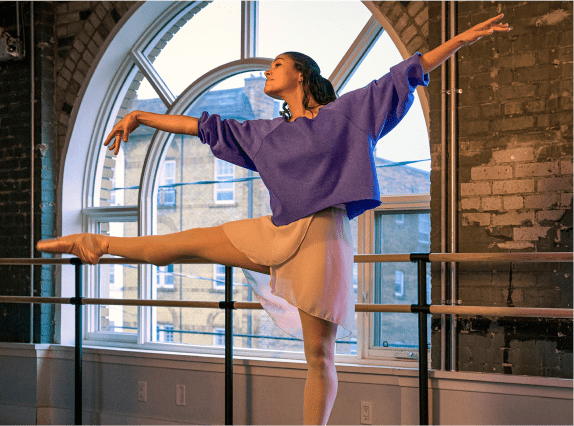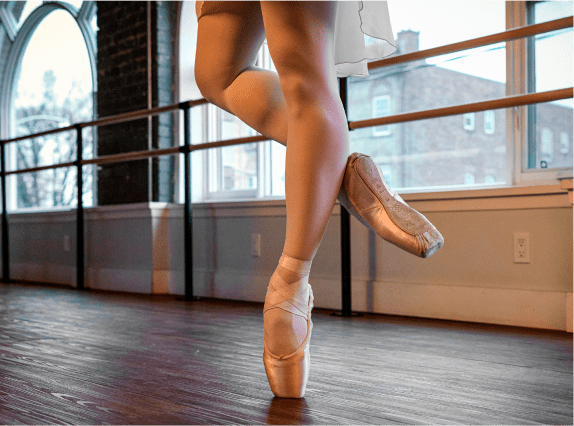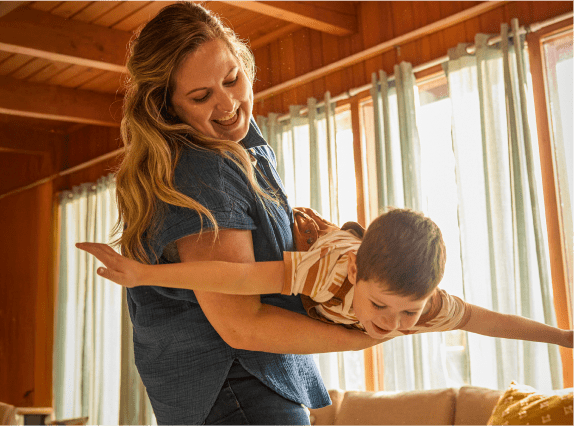The information provided on this site is for educational purposes only and is not a substitute for professional medical advice. Please consult a healthcare professional for medical advice, diagnosis and treatment.
Arthritis is a general term for the tenderness and inflammation of one or more joints. People of all ages experience arthritis or joint pain — in fact, arthritis is the leading cause of disability in the United States.
Understanding arthritis types, symptoms, causes and pain management options can help you get back to living life to the fullest without pain.
UNDERSTANDING ARTHRITIS SYMPTOMS
Arthritis symptoms include pain, stiffness and swelling, and decreased range of motion. Symptoms can range from mild to severe, and arthritis pain can change over time or come and go. Any joint can develop arthritis.
TYPES AND CAUSES OF ARTHRITIS PAIN
When it comes to figuring out what causes arthritis, it really depends on the type of arthritis you have; there are more than 100 types of arthritis and related joint conditions, affecting both adults and children. Arthritis is most common among women, though anyone can develop it.
Here are a few of the most common kinds of arthritis.
These are just a few of the many types of arthritis. If you experience joint pain, make an appointment with your doctor. They can help you to diagnosis the type of arthritis you may be experiencing and develop a pain management plan specific to your needs.
HOW TO MANAGE ARTHRITIS PAIN
There isn’t a cure for arthritis, but there are many treatment options to help manage arthritis pain. Don’t be afraid to talk to your doctor about combining several treatment strategies to find maximum arthritis pain relief.
TIPS FOR LIVING WITH ARTHRITIS
There are many ways to modify your environment to ease arthritis pain and using assistive devices can help relieve stress on joints. Work with your doctor or physical therapist to come up with ways to make your day-to-day activities or favorite hobbies easier on your joints. Simply taking time to take care of yourself can make a world of difference. Here’s a few ideas to get you started:
PLAN FOR WORK FATIGUE
Work can take a physical toll on people living with arthritis, especially in jobs that require a lot of standing, squatting, lifting or repetitive tasks. Try to schedule breaks throughout the day to stretch or walk to help reduce pain, and keep pain medication and disposable heat patches or a heating pad on hand.
When you’re having a flare, reach out to co-workers or your manager for support; your workplace may have other ways to accommodate your work, such as more frequent breaks or specialized equipment.
TRY ASSISTED DEVICES
Reduce stress on your joints with the help of assisted devices.
- Try canes, crutches and walkers to relieve your hips and knees.
- Ballpoint pens with built-up handles can make it easier to write.
- Long handles and reachers may spare shoulders when you need an item from a high shelf.
- If you do a lot of cooking, try using easy-grip utensils and rubber jar openers and buying cheese that’s already grated or shredded instead of doing it yourself.
KEEP HOBBIES ENJOYABLE
Love gardening? Try sitting on a low stepstool to relieve some of the weight on your joints, or planting flowers in window-box containers or tabletop pots; there are also gardening tools with adaptive handles for easy grasping.
Is exercise a big part of your routine? Explore low-impact activities like yoga, slow-move dancing, walking, hiking or swimming that can help reduce pain and strengthen muscles.
Enjoy crafting with your hands? Painting with ergonomic brushes or crocheting/knitting with ergonomic hooks and needles can help improve dexterity and give your mind something to focus on besides arthritis pain; just be sure to take breaks when you need them. Explore the ways you can adapt your favorite hobbies for joint pain.
Arthritis pain can fluctuate from mild to severe, holding you back from living fully — but it doesn’t have to. Understanding your arthritis and using a multipronged approach to managing pain can help you show up stronger for yourself and your loved ones, all day, every day.
References
Arthritis Foundation. What is arthritis?
John Hopkins Medicine. Arthritis.
Arthritis Foundation. Rheumatoid arthritis: causes, symptoms, treatments and more.
Arthritis Foundation. Physical therapy for arthritis.
Kambach A, Veritas Health. Applying heat vs. cold to an arthritic joint.







